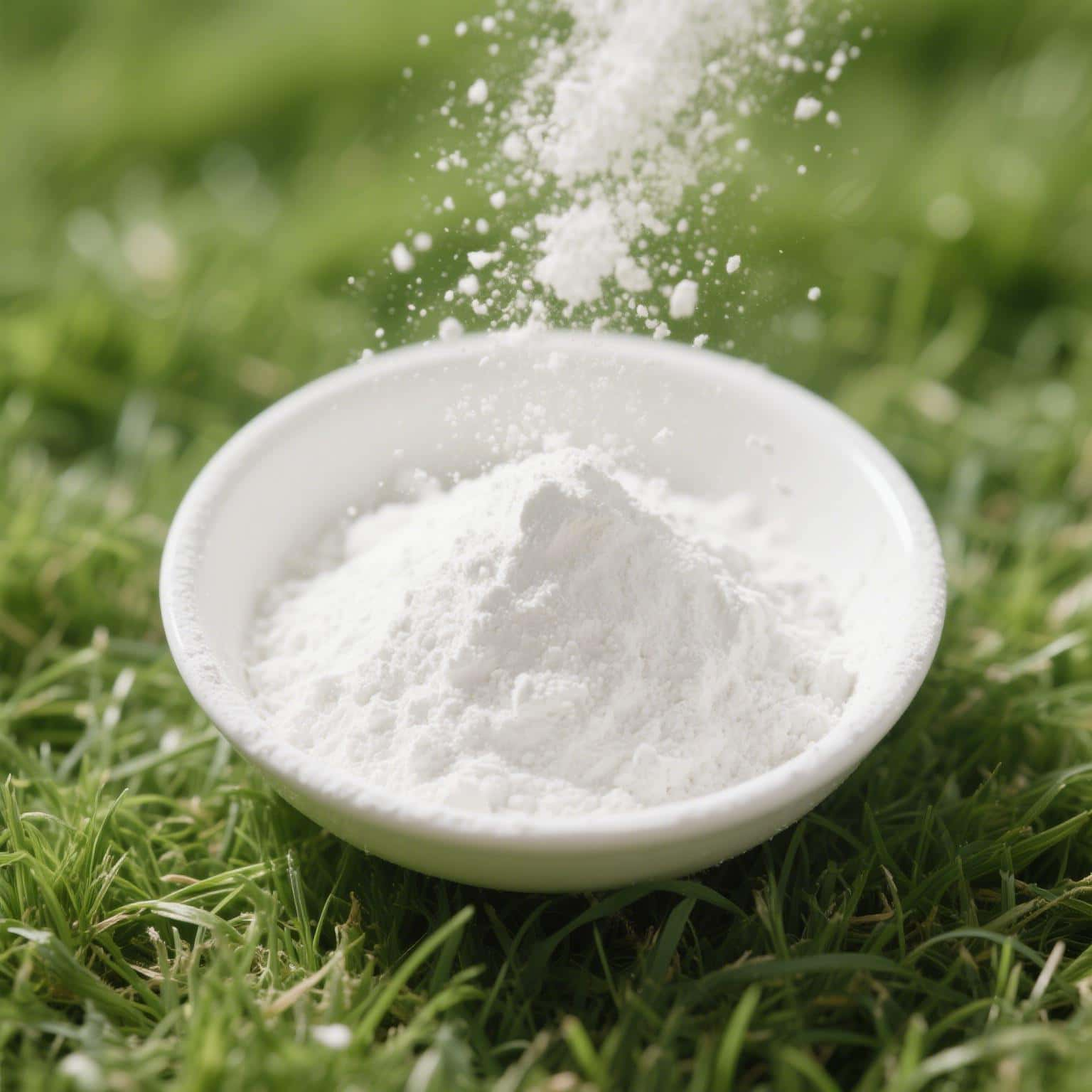Calcium Hydroxide Formula: Lime & Limestone Chemical Formulas Explained
News 2025-03-21
Understanding the chemical formulas of common compounds like calcium hydroxide, lime, and limestone is essential for students, professionals, and anyone interested in chemistry. These substances play a vital role in industries such as construction, agriculture, and environmental science. In this article, we’ll dive deep into the calcium hydroxide formula, explore the chemical formula of lime, and explain the limestone formula chemistry. By the end, you’ll have a clear understanding of these compounds and their significance.
What is Calcium Hydroxide?
Calcium hydroxide, also known as slaked lime, is a chemical compound with the calcium hydroxide formula Ca(OH)₂. It is formed when calcium oxide (quicklime) reacts with water. This reaction is highly exothermic, meaning it releases a significant amount of heat.
The molecular formula of calcium hydroxide reveals that it consists of one calcium (Ca) atom, two oxygen (O) atoms, and two hydrogen (H) atoms. This compound is widely used in various applications, including water treatment, construction, and food preparation.
The Chemical Formula of Lime
Lime is a term often used interchangeably with calcium oxide (CaO) and calcium hydroxide (Ca(OH)₂). However, in its pure form, lime refers to calcium oxide. The lime chemical formula is CaO, which is produced by heating limestone (calcium carbonate) in a process called calcination.
When water is added to calcium oxide, it forms calcium hydroxide, as shown by the calcium and hydroxide formula Ca(OH)₂. This process is known as slaking, and the resulting compound is commonly referred to as slaked lime.
Limestone Formula Chemistry
Limestone is a naturally occurring sedimentary rock primarily composed of calcium carbonate. The limestone chemical formula is CaCO₃, indicating it contains one calcium (Ca) atom, one carbon (C) atom, and three oxygen (O) atoms.
Limestone is a crucial raw material in the production of lime and cement. When heated, it decomposes into calcium oxide (lime) and carbon dioxide (CO₂). This reaction is fundamental in industries that rely on lime production.
Applications of Calcium Hydroxide, Lime, and Limestone
1. Construction Industry
The calcium hydroxide formula Ca(OH)₂ is essential in construction. It is used to make mortar and plaster, which are crucial for building structures. Lime (CaO) is also used in soil stabilization and as a component in cement.
2. Water Treatment
Calcium hydroxide is widely used in water treatment to adjust pH levels and remove impurities. Its chemical formula for calcium and hydroxide makes it an effective agent for neutralizing acidic water.
3. Agriculture
Lime (CaO) and calcium hydroxide (Ca(OH)₂) are used to improve soil quality. They help neutralize acidic soils, providing a better environment for plant growth.
4. Environmental Applications
Limestone (CaCO₃) is used to reduce sulfur dioxide emissions in power plants. It reacts with sulfur dioxide to form calcium sulfate, a less harmful compound.
Key Differences Between Calcium Hydroxide, Lime, and Limestone
While these compounds are closely related, they have distinct properties and uses:
- Calcium Hydroxide (Ca(OH)₂): A white powder used in water treatment and construction.
- Lime (CaO): A white crystalline solid used in steel production and soil stabilization.
- Limestone (CaCO₃): A natural rock used in construction and as a raw material for lime production.
Why Understanding These Formulas Matters
Knowing the calcium hydroxide formula, lime chemical formula, and limestone formula chemistry is crucial for professionals in chemistry, engineering, and environmental science. These compounds are foundational in many industrial processes, and their chemical properties determine their applications.
For example, the molecular formula for calcium hydroxide (Ca(OH)₂) explains its ability to neutralize acids, making it valuable in water treatment. Similarly, the limestone formula (CaCO₃) highlights its role in carbon capture and storage, an essential process for reducing greenhouse gas emissions.
Frequently Asked Questions
1. What is the calcium hydroxide formula?
The calcium hydroxide chemical formula is Ca(OH)₂.
2. What is the lime chemical formula?
The lime formula is CaO, which stands for calcium oxide.
3. What is the limestone formula chemistry?
The limestone chemical formula is CaCO₃, representing calcium carbonate.
4. How are these compounds related?
Limestone (CaCO₃) is heated to produce lime (CaO), which reacts with water to form calcium hydroxide (Ca(OH)₂).

Conclusion
In summary, the calcium hydroxide formula (Ca(OH)₂), lime chemical formula (CaO), and limestone formula (CaCO₃) are interconnected and play vital roles in various industries. Understanding these formulas not only enhances your knowledge of chemistry but also provides insights into their practical applications.
Whether you’re a student, a professional, or simply curious about chemistry, knowing the molecular formula of calcium hydroxide and related compounds is invaluable. These substances are the building blocks of modern industry, and their chemical properties continue to shape our world.
By mastering the calcium and hydroxide formula, the lime chemistry formula, and the limestone formula chemistry, you’ll gain a deeper appreciation for the science behind everyday materials.



